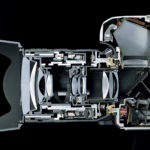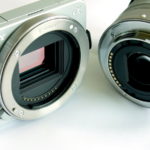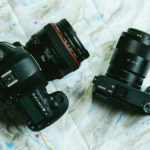Crop factor in cameras - what is it?
Once upon a time, in a time when people still sent paper letters, and computers were considered a luxury for the “rich,” photography and film were close and understandable to everyone. Back then, the focal length of the lens was predictable, there were no crop factors, and the optics were selected only based on the size of the frame. And then “digital” came and everything turned upside down.
The content of the article
Background to the appearance of the crop factor
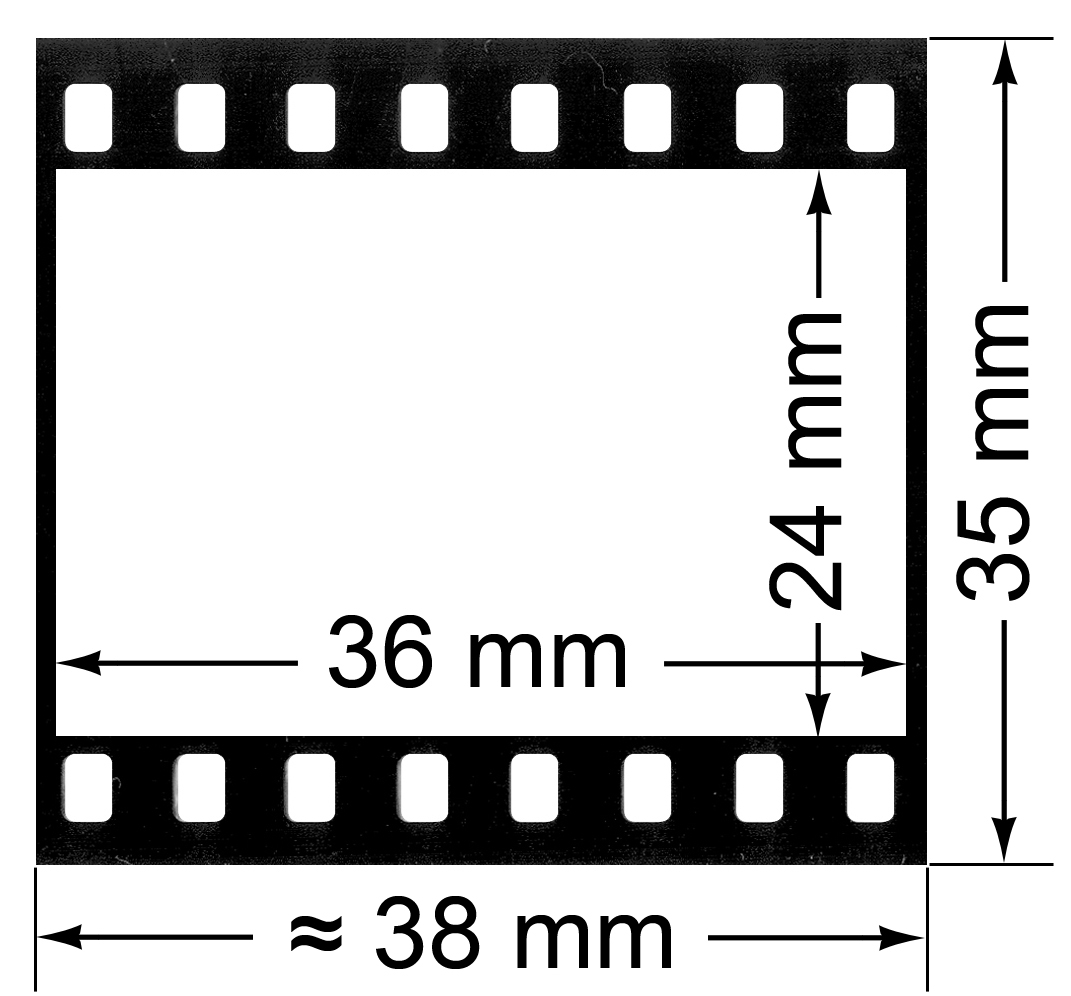
Looking at the picture, we see that on 35 mm film, windows measuring 24x36 mm were allocated for frames. This was a useful space onto which the rays caught by the optics were projected. If a photographer wanted to capture a lot of interesting things at the same time in this square, he took a lens with a short focal length and completed his task.

Well, if he wanted to devote a frame to one thing, he took a long lens, which narrowed the camera’s field of view and shot the object that attracted attention.

Increasing the focal length leads to a decrease in the viewing angle of the lens.
When photographers got their hands on digital cameras, the general operating principles of optics remained the same (physics, after all), but the useful area on which the image was recorded changed.
This led to the fact that the usual focal lengths began to behave “strangely”: short miraculously turned into medium, while medium generated images, as with long-focus optics.And all because the field of view is now limited by the size of the matrix.
Increasing the physical size of the matrix leads to an increase in the camera's viewing angle.
And everything would be fine if the image-capturing sensors of all cameras were the same. Somehow they would have gotten used to it without the scary words, making do with just the multiplication table. But technical progress does not stand still, and digital camera manufacturers, in pursuit of the client, began to increase the number of pixels (photosensitive dots, photodiodes) in the matrix, simultaneously changing the size of the sensor itself - after all, the clarity of the image depends on this.
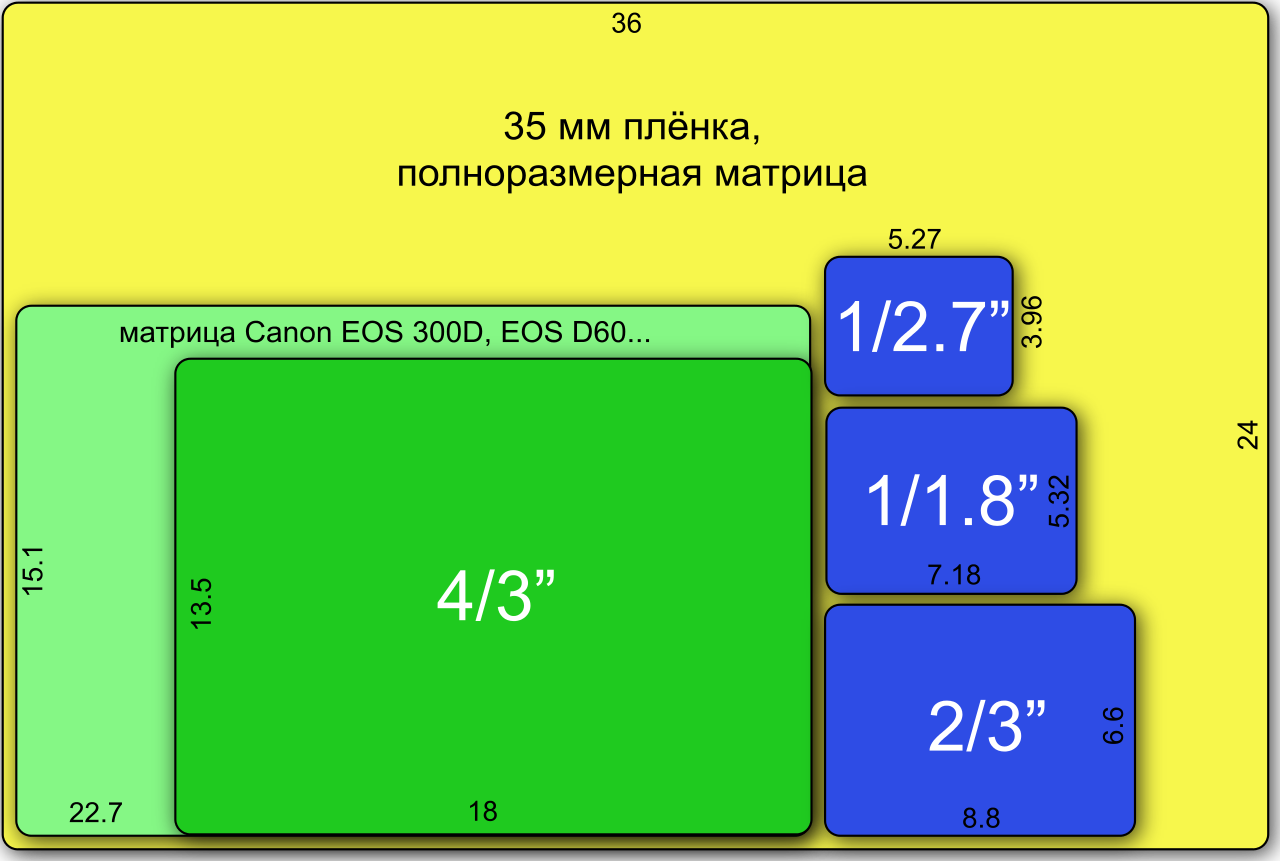
As a result, cameras with different matrix sizes appeared on the market. It was still smaller than 24x36, but how much depended on the manufacturer. This could lead to chaos and panic, because photographers like predictable results, and standard optics with new cameras did not give it.
That's why a standard was introduced to help you navigate. It became the usual full frame 24x36. It is to this that all calculations are now tied, at least somehow affecting the viewing angle of the camera with its corresponding lens.
What is crop in a camera?
To understand what result the use of a certain lens will lead to, you need to make an adjustment for the size of the matrix. How to do it? If you remember the 35mm “norm,” it’s very simple: you need to find out how many times the image-capturing sensor is smaller than the full frame.
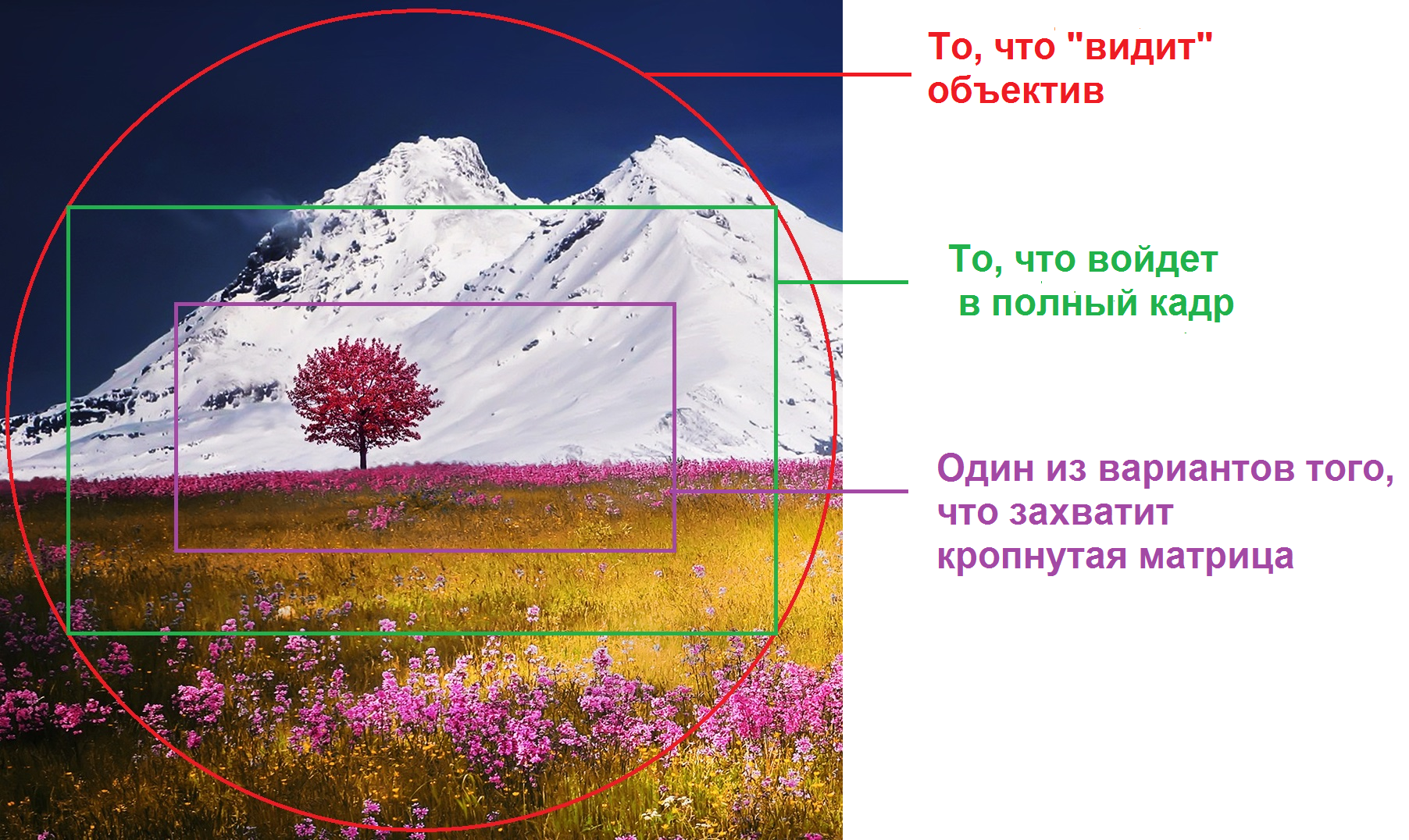
The easiest way to do this is to compare the diagonals of the full frame and the matrix. We divided one by the other and got the “crop factor” - a coefficient that is considered a kind of description of the influence of the sensor size on the camera’s viewing angle.
All digital cameras whose physical matrix size is smaller than 24x36 are called cropped, that is, “cutting” the viewing angle. This statement is true for both DSLR and mirrorless cameras.
If this factor is multiplied by the actual focal length of the lens, we get the equivalent focus that would produce approximately the same image using a full frame camera.
P.S. If the camera proudly displays the Full frame mark, this means that the physical size of its matrix coincides with the full frame. In this case, the crop factor will be equal to one, and the equivalent focal length of the lens will coincide with the actual one.

